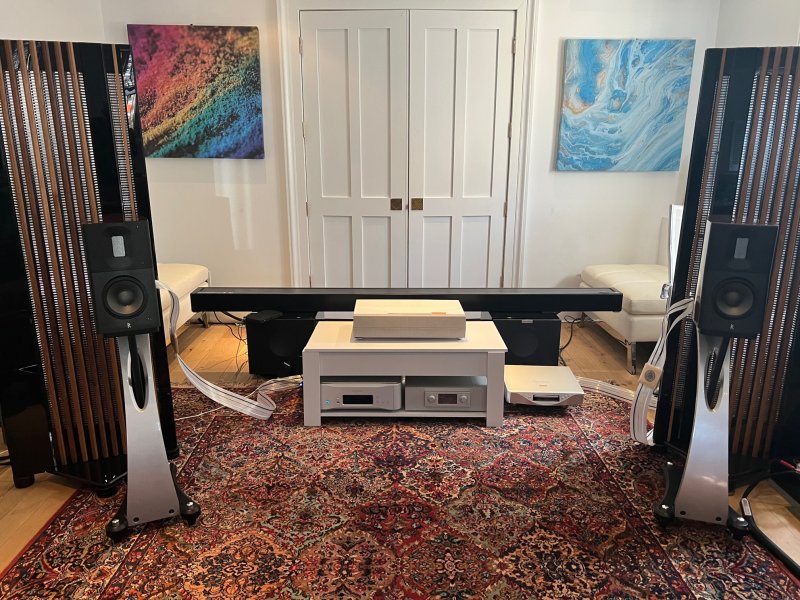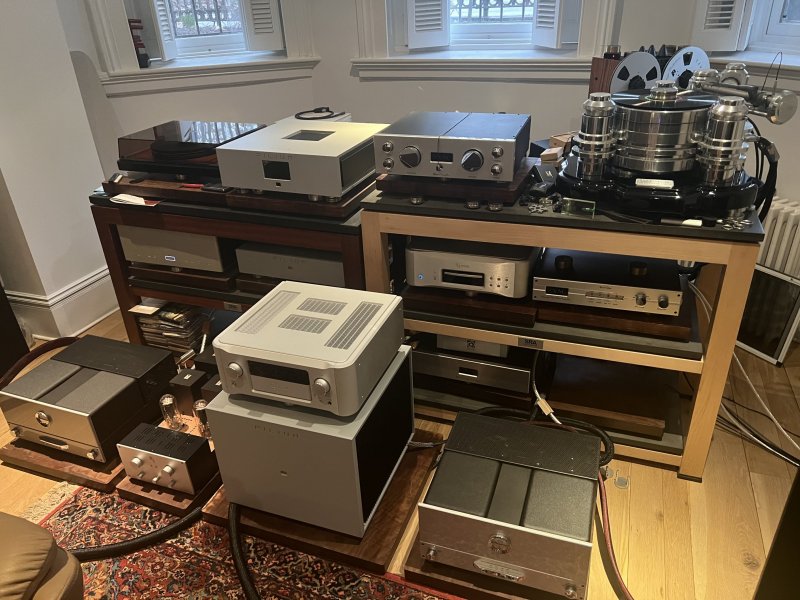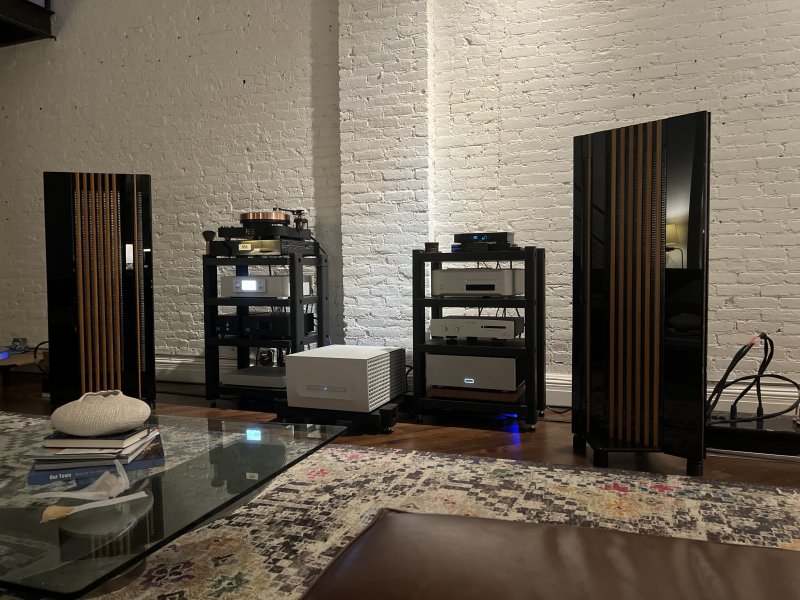My first impression of this speaker, looking at the manufacturer’s web pages is that we’ve seen these type of designs going back 20 years or more. Carver’s Amazing speaker used similar technology. There are many others.
Even to a nontechnical observer, someone without a deep grasp of the germane technical issues, the Amazing Loudspeaker should indeed prove a source of amazement. First of all, there's no box. Don't mistake the back grille for an enclosure—if you pass your hand along the Amazing's behind, you'll...

www.stereophile.com
As a grizzled cantankerous audiophile of 35+ years, I’m a curmudgeon. It takes a lot to impress me. A flashy web page ain’t going to do it. Want to impress me? Show me your distortion measurements at 96 dB. And frequency response. And square wave measurements. The above Stereophile review of the Carver includes some measurements made by John Atkinson. Designs like these always have problems, and I imagine these will have the same issues. These are not insoluble, but they are certainly challenging. There’s no free lunch.
Lesson from someone who’s seen a lot of such speakers come and go. Speaker design is a hard problem. You have to be a mathematician, a physicist, a musician and immensely talented. Peter Walker, who designed the Quad electrostatics, was all of these. It took him 18 years of hard work to figure out how to control the off axis response of a planar loudspeaker through the use of innovative delay lines. Otherwise, these designs look horrible off axis. Needless to say, speaker innovation is not easy. It’s a slow moving field. Thousands of manufacturer‘s take the easy route of stuffing drivers into boxes. At least these guys didn’t resort to that. But this looks to me like a variant of Carver’s design. I wish them lots of luck in marketing this design. It’s a hard business to be in to make any money.
















